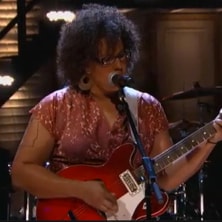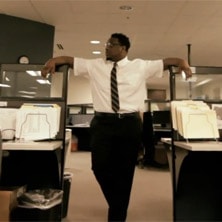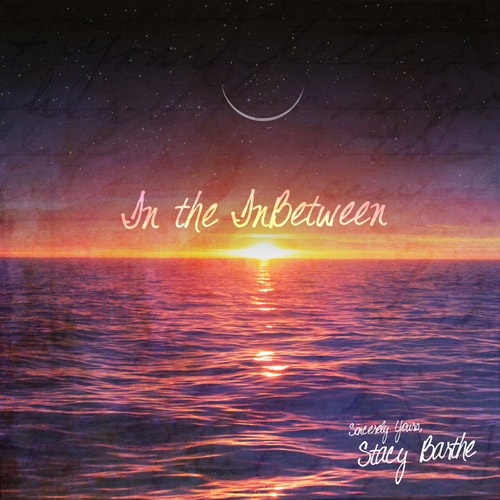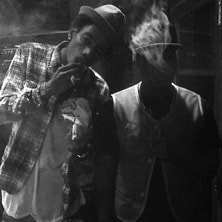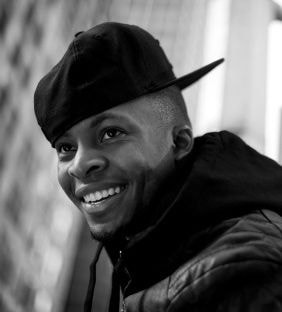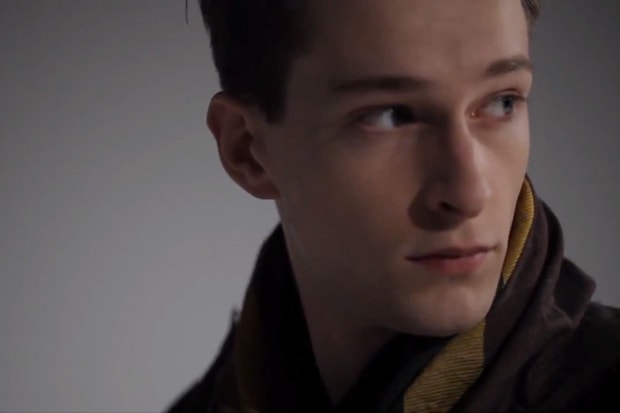T Magazine: Lana Del Rey by Terry Richardson
Like a moth to flame, Terry Richardson isn’t afraid to work with controversy. The photographer
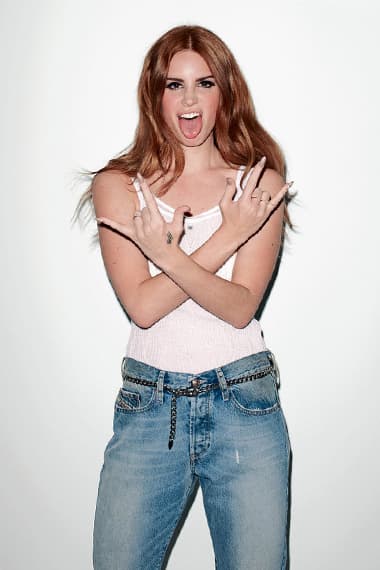

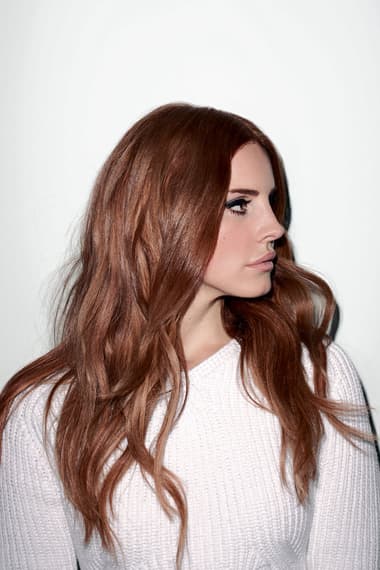
Like a moth to flame, Terry Richardson isn’t afraid to work with controversy. The photographer recently shot the recent musical sensation Lana Del Rey for her interview with T Magazine of The New York Times; a very personal introspection on her music, her sudden rise to fame, as well as her attracting a legion of detractors accusing the singer of being a manufactured product of the music industry. Still, it’s Richardson’s photography that captures Del Rey exactly as T Magazine could describe her music: “A bit retro, ironic and modern.” Read an excerpt of the interview below with the full piece seen at T Magazine.
Curvaceous and pretty in a dress, she brims with catchy songs, all a bit retro, ironic and modern. Without straying too far off the pop grid, she’s the perfect antidote to Rihanna-Gaga overload — dare we say, a skinnier Adele, a more stable Amy Winehouse? Since posting “Video Games” to YouTube last summer, she’s amassed tens of millions of hits, sold out concerts to fashion’s who’s who and now, finally, has released her long-awaited album, which is currently No. 2 on the Billboard Top 200 in America, and No. 1 in Britain, Germany, Ireland, Switzerland and Austria. If you were going to manufacture a star for this moment, you’d manufacture her. Some people believe that’s precisely what happened.
Sitting in her producer’s Chelsea studio in jeans and an oversize sweater, smoking Pall Mall Blues that share space — in a beat-up snakeskin bag — with an old Tennessee Williams paperback, Lana Del Rey tries to shrug off the suggestion that her father bought her success, that her face went under the knife, that she is some sort of industry creation, all accusations floating around the Internet. It’s absurd or maybe flattering, but despite her laugh and smile, it hurts.
“I mean, I met everyone who is anyone in the music industry over the last six years and I was unsignable,” she says. “That’s what I was told by everyone. I would play my songs, explain what I was trying to do, and I’d get, ‘You know who’s No. 1 in 13 countries right now? Kesha.’ ”
There’s a formula for a pop song and a prescribed length for radio. Nothing Del Rey’s written obeys either. “ ‘Video Games’ was a four-and-a-half-minute ballad,” she says. “No instruments on it. It was too dark, too personal, too risky, not commercial. It wasn’t pop until it was on the radio.” And even “Born to Die” — her first big video — was, with its double chorus that never lifts, described to her as “another monotonous depressing song.”





